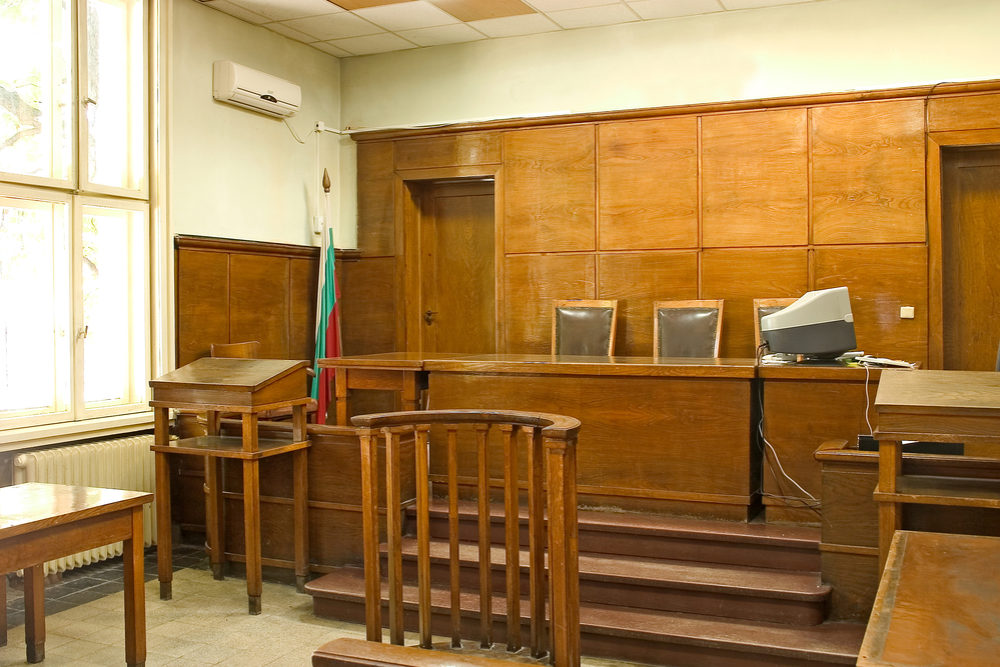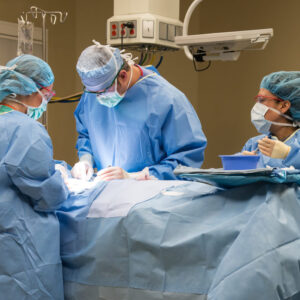Atrium C-Qur Hernia Mesh Lawyers to Meet with MDL Judge for Initial Conference Next Month

As the number of Atrium C-Qur lawsuits filed nationwide continue to mount, the U.S. District Judge presiding over the consolidated federal litigation has scheduled an initial conference for next month, at which time hernia mesh lawyers will meet with the Court to discuss the organizational structure of the recently established multidistrict litigation (MDL).
In December 2016, the U.S. Judicial Panel on Multidistrict Litigation (JPML) consolidated all Atrium C-Qur hernia mesh cases pending in the federal court system, centralizing the claims before U.S. District Judge Landya McCafferty in the District of New Hampshire to reduce duplicative discovery into common issues, avoid conflicting pretrial rulings and to serve the convenience of the parties, witnesses and the judicial system.
Each of the claims raise similar allegations, maintaining that the Atrium C-Qur mesh was defectively designed and unreasonably dangerous for use during hernia repair surgery, posing a risk of painful and debilitating complications, such as adhesions, allergic reactions, infections or other problems resulting in the need for removal of the patch months or even years later.

Learn More About
Cases reviewed for problems with several types of hernia repair products.
Learn More About this Lawsuit See If You Qualify For CompensationIn the first case management order (PDF) issued in the Atrium C-Qur MDL, Judge McCafferty set an initial status conference for February 24, calling for the parties to submit pre-hearing briefs by February 17, outlining the parties’ views on appointments of attorneys to leadership roles, critical legal issues, information on existing deadlines, and info on the overall status of the cases, such as discovery, mediation, settlement talks, related cases and pending motions.
The Atrium CQur patch was introduced for hernia repair surgery in 2006, and it has been used during procedures nationwide over the past decade. The polypropylene mesh has an Omega-3 gel coating, which was designed to reduce scar tissue formation while promoting fixation of the mesh to the abdominal wall. However, plaintiffs allege that this coating actually causes severe complications from Atrium CQur mesh, inciting an inflammatory response that promotes bowel adhesion, impedes proper abdominal wall fixation and causes other problems following hernia repair.
While there are currently only about two dozen cases pending over problems with Atrium C-Qur, as hernia mesh lawyers continue to review and file claims in the coming months and years, it is expected that hundreds, if not thousands, of lawsuits will be added to the MDL.
As part of the coordinated pretrial proceedings, it is expected that Judge McCafferty will establish a “bellwether” trial plan, which will select a small group of representative cases for early trial dates to help gauge how juries may respond to certain evidence and testimony that is likely to be repeated throughout the litigation. However, if Atrium C-Qur hernia mesh settlements or another resolution is not reached following the MDL proceedings, each individual case may be remanded back to the U.S. District Court where it was originally filed for a separate trial date.
Get more articles like this sent directly to your inbox.
"*" indicates required fields






0 Comments